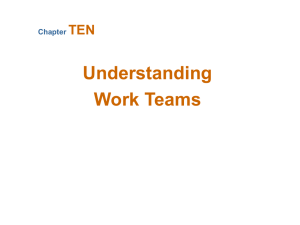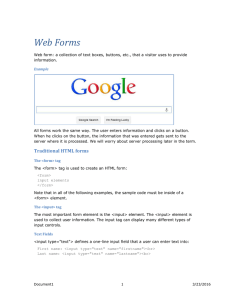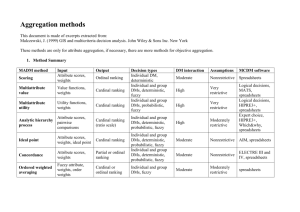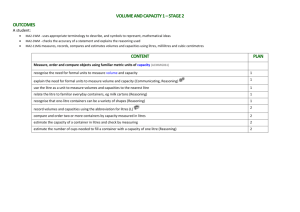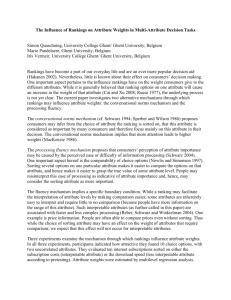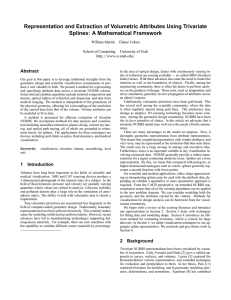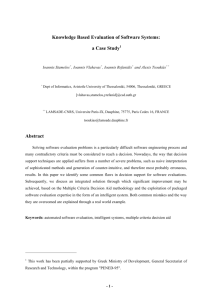MEASURE L3 - Masterton Primary School
advertisement
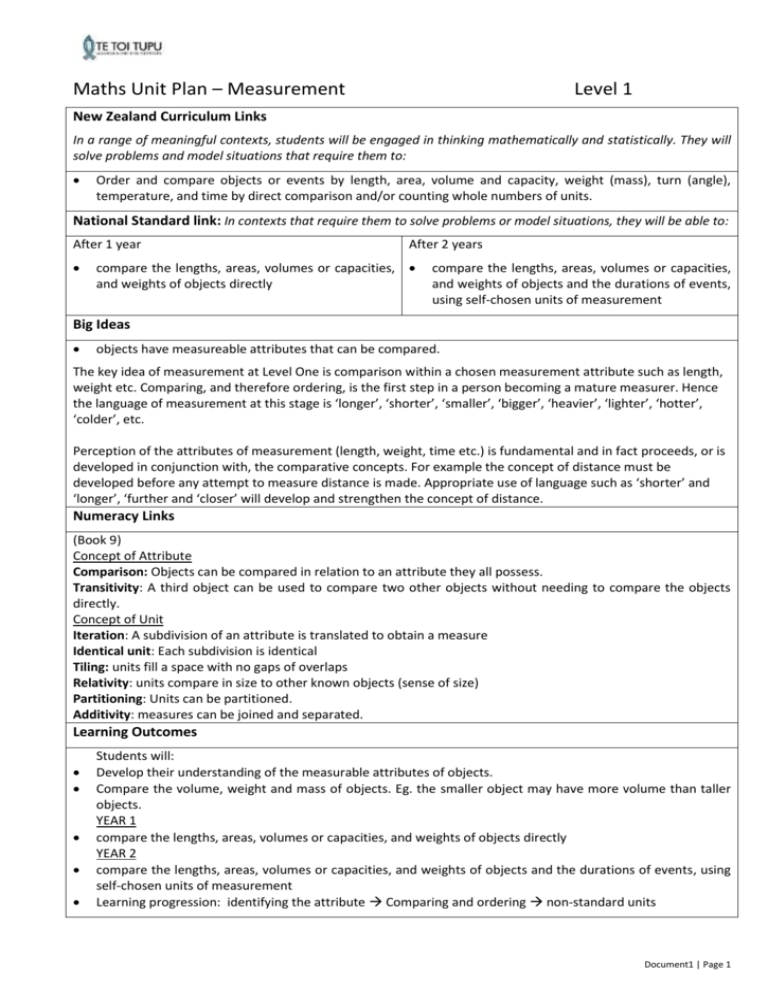
Maths Unit Plan – Measurement Level 1 New Zealand Curriculum Links In a range of meaningful contexts, students will be engaged in thinking mathematically and statistically. They will solve problems and model situations that require them to: Order and compare objects or events by length, area, volume and capacity, weight (mass), turn (angle), temperature, and time by direct comparison and/or counting whole numbers of units. National Standard link: In contexts that require them to solve problems or model situations, they will be able to: After 1 year After 2 years compare the lengths, areas, volumes or capacities, and weights of objects directly compare the lengths, areas, volumes or capacities, and weights of objects and the durations of events, using self-chosen units of measurement Big Ideas objects have measureable attributes that can be compared. The key idea of measurement at Level One is comparison within a chosen measurement attribute such as length, weight etc. Comparing, and therefore ordering, is the first step in a person becoming a mature measurer. Hence the language of measurement at this stage is ‘longer’, ‘shorter’, ‘smaller’, ‘bigger’, ‘heavier’, ‘lighter’, ‘hotter’, ‘colder’, etc. Perception of the attributes of measurement (length, weight, time etc.) is fundamental and in fact proceeds, or is developed in conjunction with, the comparative concepts. For example the concept of distance must be developed before any attempt to measure distance is made. Appropriate use of language such as ‘shorter’ and ‘longer’, ‘further and ‘closer’ will develop and strengthen the concept of distance. Numeracy Links (Book 9) Concept of Attribute Comparison: Objects can be compared in relation to an attribute they all possess. Transitivity: A third object can be used to compare two other objects without needing to compare the objects directly. Concept of Unit Iteration: A subdivision of an attribute is translated to obtain a measure Identical unit: Each subdivision is identical Tiling: units fill a space with no gaps of overlaps Relativity: units compare in size to other known objects (sense of size) Partitioning: Units can be partitioned. Additivity: measures can be joined and separated. Learning Outcomes Students will: Develop their understanding of the measurable attributes of objects. Compare the volume, weight and mass of objects. Eg. the smaller object may have more volume than taller objects. YEAR 1 compare the lengths, areas, volumes or capacities, and weights of objects directly YEAR 2 compare the lengths, areas, volumes or capacities, and weights of objects and the durations of events, using self-chosen units of measurement Learning progression: identifying the attribute Comparing and ordering non-standard units Document1 | Page 1 Key mathematical language Heavier, lighter, bigger, smaller, full, empty, volume, mass, weight, longer, shorter, hotter, colder, further, closer, Possible tasks * Make a building – students use the same number of blocks to build a building. Compare the different models. * Make a package – students make a large, light package and then a small heavy package. Compare the mass and volume. Do they realise that large does not necessarily mean heavy and that small does not necessarily mean light. * Spoonfuls, Cupfuls and Handfuls (NZ Maths) provides a variety of ‘Station’ activities which promote use of nonstandard units to compare and order volume. * Exemplar tasks found at: NZMaths – NZC and Standards – Level 1 Geometry and Measurement – Elaboration on level 1 – second-tier materials relating to level 1 measurement (PDF). Assessment Diagnostic Formative Summative Evidence Photos/Video clip Student voice Annotated transcript of task and procedure The physical objects/models they used. Document1 | Page 2








